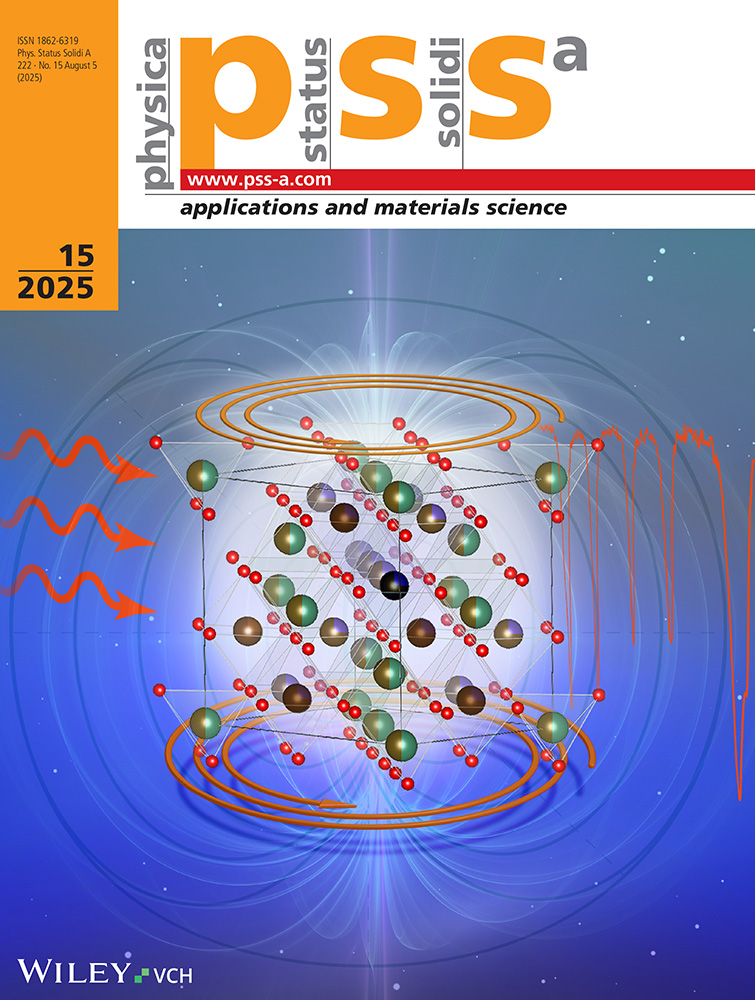TiNi aging and its effect on the start temperature of the martensitic transformation
Prospekt Akademicheskii 1, 634055 Tomsk, USSR.
Abstract
enThe effect of aging at 250 °C on the martensitic transformation (MT) start temperature (MS) of TiNi alloys containing 51.0 at% Ni is investigated after preliminary quenching from 600 and 800 °C as well as after thermal cycling from about −196 to 100 °C. For that purpose the temperature dependence of electrical resistance, X-ray diffraction, and small-angle neutron scattering (SANS) are used. In accordance with ϱ(T) data MS decreases with annealing time and the MS minimum is attained at 1.5 h of aging irrespective of initial treatment. After an aging time above 1.5 h, MS increases with annealing time. X-ray diffraction data show only the lowering of MS up to 11 h of aging. The MS lowering at aging is three times larger than that at thermocycling. SANS is observed only after 1.5 h of aging, that testifies the appearance of concentration in-homogeneities in the alloy. The observed results are discussed in terms of new phase precipitations.
Abstract
deDer Einfluß einer Temperung bei 250 °C auf die Starttemperatur (MS) des Martensit-Übergangs (MT) von TiNi-Legierungen mit 51,0 At% Ni wird nach vorangehender Abschreckung von 600 und 800 °C sowie nach thermischem Zyklus zwischen etwa −196 auf 100 °C mittels Temperatur-abhängigkeit des elektrischen Widerstands, Röntgenbeugung und Kleinwinkel-Neutronenstreuung (SANS) untersucht. In Übereinstimmung mit ϱ(T)-Werten nimmt MS mit der Temperungszeit ab und das MS-Minimum wird nach 1,5-stündiger Temperung unabhängig von der vorhergehenden Behandlung erreicht. Nach Temperungszeiten oberhalb 1,5 h nimmt MS mit der Temperungszeit zu. Röntgenbeugungsdaten zeigen nur die Verringerung von MS bis zu 11 h Temperung. Die MS-Verringerung bei Alterung ist dreimal größer als die nach thermischem Zyklus. SANS läßt sich nur nach 1,5-stündiger Alterung beobachten, was auf das Auftreten von Konzentrationsinhomogenitäten in der Legierung hinweist. Die beobachteten Ergebnisse werden mit Ausfällung einer neuen Phase diskutiert.




